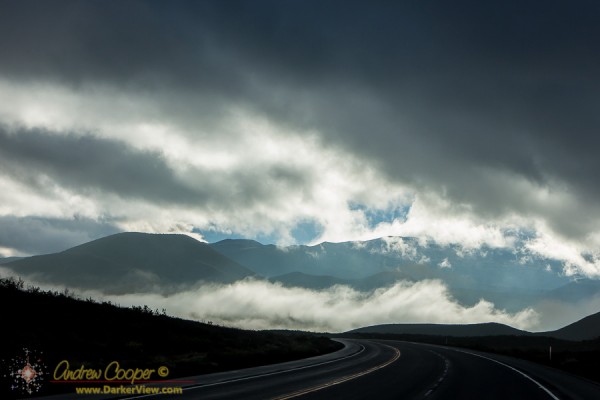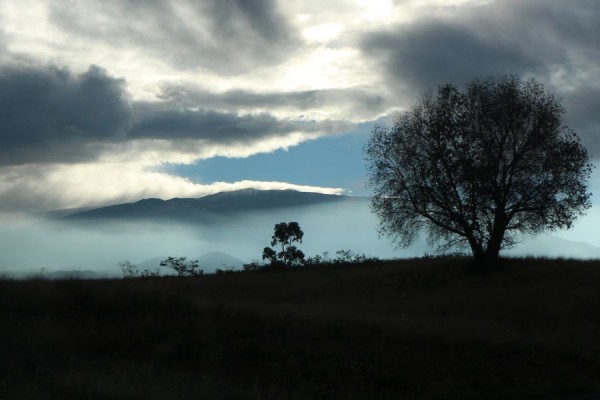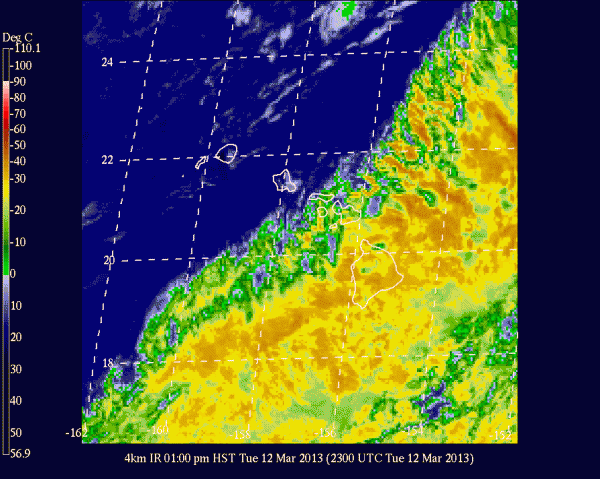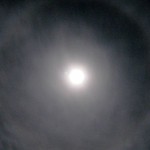I have said this before… After eight years of driving up and down Mauna Kea I have yet to get tired of the view. It is always different.

When you want to see the stars, find someplace dark
Comet ISON is sinking rapidly into the dawn. I have been waiting for a chance to photograph it for a couple weeks now. The gear is ready to go. Any morning that I have had available has been awash with clouds. Not strictly my problem, Keck has lost quite a few nights to weather over the same time period.
Tonight looks to be no exception. We have a number of engineering tests planned for Keck 1, including the first night on sky for a system many of us have put a lot of work into, the TRICK infrared tip-tilt detector for Keck 1 AO. It does not look good.
Update: The night was a complete loss, the telescope never opened.

So, the comet is to be positioned right next to a pretty crescent moon this evening, a perfect photo opportunity. What are my chances of seeing it? Pretty much nil.
Will have to wait for the photos from my friends in Arizona.

Damon alerted us to a nice display of a lunar halo currently gracing the skies over the Big Island. A nice example of a common 22° halo that can occur any time there is a thin layer if high cirrus. The 22° angle from the Moon is a result of refracting moonlight through ice crystals. These high altitude crystals act as little prisms, catching and deflecting the light at specific angles. The halo is actually very large, extending from 22° to 50° away from the Moon, but is brightest at the inner edge.

There is a great website, Atmospheric Optics, that has examples and explanations for the many beautiful effects that the play of light can create in the atmosphere. Sun dogs, rainbows, parhelic arcs, glories, specters and more.
This halo is fairly broad and ill defined, probably because the ice crystals are randomly arranged. The halo could be sharper if the crystals were all at the same orientation to us, something that can occur if the winds are right. I attempted a shot of this one, the first time I had attempted to photograph a lunar halo. Not the greatest photo, this was pressing the camera to it’s limit. Even so the image starts to show effects invisible to the human eye, including a hint of color at the inner edge of the halo.